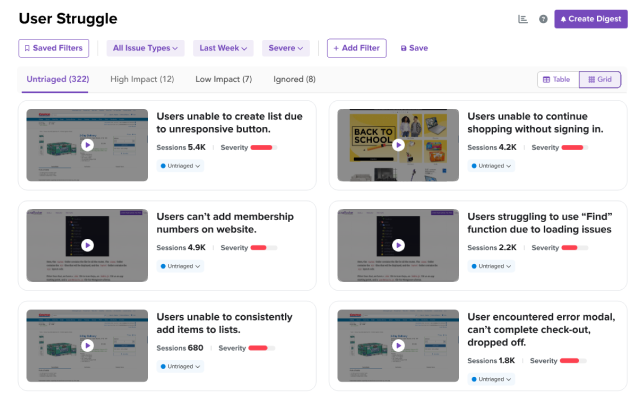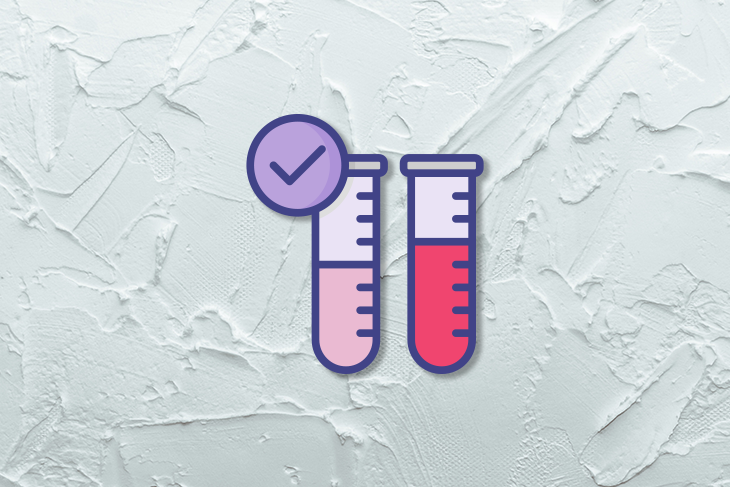

Monica Dhiman I am passionate about solving business problems by bringing the team together and removing impediments. I started my career as a business analyst before moving into product management. I am a Certified Scrum Master and I also write my thoughts about product management at MonicaDhiman.com.
Table of contents
LogRocket’s Galileo AI watches every session, surfacing impactful user struggle and key behavior patterns.
Every software product goes through the software development lifecycle (SDLC). Testing the software is an integral part of the SDLC.

Generally, when you’re building the software, whether using agile or waterfall principles, one of the final steps is to test it thoroughly to make sure it meets customers’ business needs and helps them achieve their goals. Software testing also helps you identify bugs in your application.
Software testing plays an important role in delivering a quality product that exceeds customer expectations. Most organizations have a software testing/quality assurance (QA) team that carries out extensive testing to deliver a bug-free product with a smooth user experience.
The software testing process involves four levels of testing that must occur before an application/product is rolled out to customers. These four levels are:
Unit testing focuses on identifying any bugs or crashes in a specific unit of your application.
You should consider running a unit test every time a piece of code is changed in a unit. A unit can refer to a feature, procedure, or individual program.
Integration testing is advisable for scenarios where you have a number of units integrated together.
Whenever you change a piece of code, you should do integration testing to determine whether all the units are working together properly. Integration testing identifies any interface defects between units.
System testing means testing the whole application to evaluate whether it meets quality standards.
System testing is performed in an environment that mirrors production. Every time a new version is released, system testing can help you identify bugs and test the functional requirements of the system as a whole.
Acceptance testing is the final level of testing to determine release readiness.
Acceptance testing has two parts: alpha testing and beta testing. User acceptance testing (UAT) is focused on functional requirements to make sure the product meets the needs of the user and is working as expected.
Once this final testing is passed, the application is ready to be released to production.
Now that we understand the four phases of software testing, let’s zoom in on the two types of acceptance testing:
Let’s dive deeper into each type of acceptance testing. Then, we’ll outline the major differences between alpha and beta testing.
Alpha testing is focused on identifying bugs and validating that the software is functioning as a user would expect it to. During alpha testing, the product is tested in a testing or staging environment using white box and black box practices.
Alpha testing is conducted by internal employees of the organization. This might include business analysts, testing team, product owners, key stakeholders, etc.

![]()
Learn more →
Pre-alpha testing occurs before alpha testing. Pre-alpha testing means testing the product or application before it is completely built.
In an agile framework, when developers work during a sprint, they work on a set of features. These features are also tested once built. As the application is under development, the developers, testing team, and product owners are involved in pre-alpha testing.
Once the alpha testing is done and developers iron out any issues identified, the application is ready for beta testing. The purpose of beta testing is to test the user behavior, edge use cases, and compatibility with different platforms and also to spread product awareness.
Unlike alpha testing, beta testing involves a small set of real users. Usually, the application is released to a set of users from the target segment and feedback is collected.
There are two major types of beta testing — traditional and public beta testing:
Once the product is refined with the feedback received after beta testing, the product is finalized and ready for production release.
But the testing doesn’t stop there. Post-production release, you should still gather feedback via surveys and reviews from the target segment users to help improve the product further and release refined versions later.
Alpha and beta testing are both part of acceptance testing and are covered during the last phases of software testing lifecycle.
Acceptance testing is quite commonly used across organizations of various sizes and industries, but in organizations that conduct both alpha and beta testing, there’s sometimes confusion with respect to how, when, and who conducts it.
The table below outlines the major differences between alpha and beta testing: